Lesley K MacLachlan reports from the 12th Annual International Patent Information Conference and Exposition, held from 8 to 11 March 2015 in Rome, Italy.
The International Patent Information (IPI) Organisation, led by Ford Khorsandian (TPR International, Inc.), welcomed around 200 attendees from Europe, the USA, the Middle East, Asia and Australia, to the Crowne Plaza St Peters Hotel in Rome, Italy. The meeting drew representatives from the life sciences, engineering, telecoms, electronics and materials sciences sectors, from patent offices and law firms, from academic and technology transfer organisations and also from a large party of vendors, who provided sponsorship for many of the conference events.
The conference programme was varied and stimulating, and enabled all attendees to bring some learnings back to their teams and their daily work. Among the wide variety of subject matter, we heard presentations encompassing aspects of patent law relevant to patent searching, vendor presentations on new product offerings, and tips, tricks and sources for patent searching. Themes included the emergence of landscaping as a more accepted part of a patent information teams’ workflows, continued discussion about the utility of text mining in the context of patent information, incorporation of ‘smart’ or semantic search facilities by several vendors into their product offerings, and the use of citations as a tool for expanding patent searching beyond keywords. In recent years, there has been increasing discussion on career development in the patent information world, and this subject was continued at this meeting.
The discussions in the Knowledge Exchange session on text mining showed that some companies have invested a great deal of effort into text mining, semantic searching and machine learning to leverage these in patent searching. However, there are many of us who are either not using these methods, or only ‘dipping our toes’ into this particular pond.
Craig Brown (Qualcomm) and Wolfgang Thielemann (Bayer Pharma) presented two different aspects of the use of text mining in their organisations. Brown presented convincing arguments for using supervised machine learning to help us manage large patent answer sets, and Thielemann’s presentation, a follow-up to the presentation he made in a past conference, compared information retrieval in the pharma space using text mining on full-text documents versus value-added sources. It was encouraging to hear from Thielemann that, for those of us not exploiting text mining routinely, the intelligent use of value-added indexed sources will go a long way to compensating for not using text mining.
While landscaping has been with us for many years, and there are any number of products from vendors offering many tools to help us as patent searchers to deliver these to our clients, the discussions heard in the Knowledge Exchange sessions devoted to this subject suggest that many of us are still trying to find our way. Michaela Rasmussen and Lisbeth Gaugin (Coloplast), Joakim Isaksson (Philips) and Tsutomu Kiriyama (Japio) each presented on this subject, helping us understand challenges that we might face and some suggestions about how to work through these. The conclusions were that, while this can be time- and resource-intensive, this is a rewarding activity for both the searcher and the client.
Margaret Rainey (GlaxoSmithKline) and Susan Helliwell (RB) presented in a session devoted to professional development for patent information professionals, and additionally, Linus Wretblad (CEPIUG) presented the results of the European Salary Survey 2014. The latter (data heavy) presentation provoked an interested discussion among delegates. Rainey’s presentation was a follow-up to previous presentations that she had made to IPI-Confex, on the subject of ongoing professional development, and the need to promote ourselves as patent information professionals. She described how GSK’s patent information team has introduced a formalised system for continuing professional development (CPD), and reported back on how this has worked out in practice.
Rainey mentioned that although some team members expressed reservations at the outset, by the end of one year, most had agreed that it was less onerous than expected, and that overall it was a positive experience. Helliwell followed up with an update on activities relating to the certification of patent information professionals. Great progress has been made, and it is expected that very soon the recognised body (International Patents Information Professionals Standards Board – IPIPSB) will be set up, and it is hoped that examinations for certification will be instigated soon. The session provoked a lively discussion, evidence that this is a subject of keen interest to delegates.
A highlight of the conference was the announcement of the recipient of the IPI-award for 2015. Peter Kallas of BASF was recognised for his tireless service and dedication to the patent information community, in particular to the aims of improving patent quality and enhancement of access to global patent information, via his active participation in many cross industry groups.
All too soon the conference drew to a close, with a two-part presentation from Stephen Adams (Magister), in his inimitable style, reminding delegates of the pitfalls of dealing with names in any shape or form. We look forward to next year’s IPI-Confex with anticipation.
Lesley K MacLachlan is a Senior Information
Scientist in the global patents department at
the GSK Medicines Research Centre in
Stevenage, UK.
The IPI-ConfEx covers best practices in patent information management and searching techniques. The event is held on an annual basis in Europe. For more information, visit www.ipi-confex.com.

